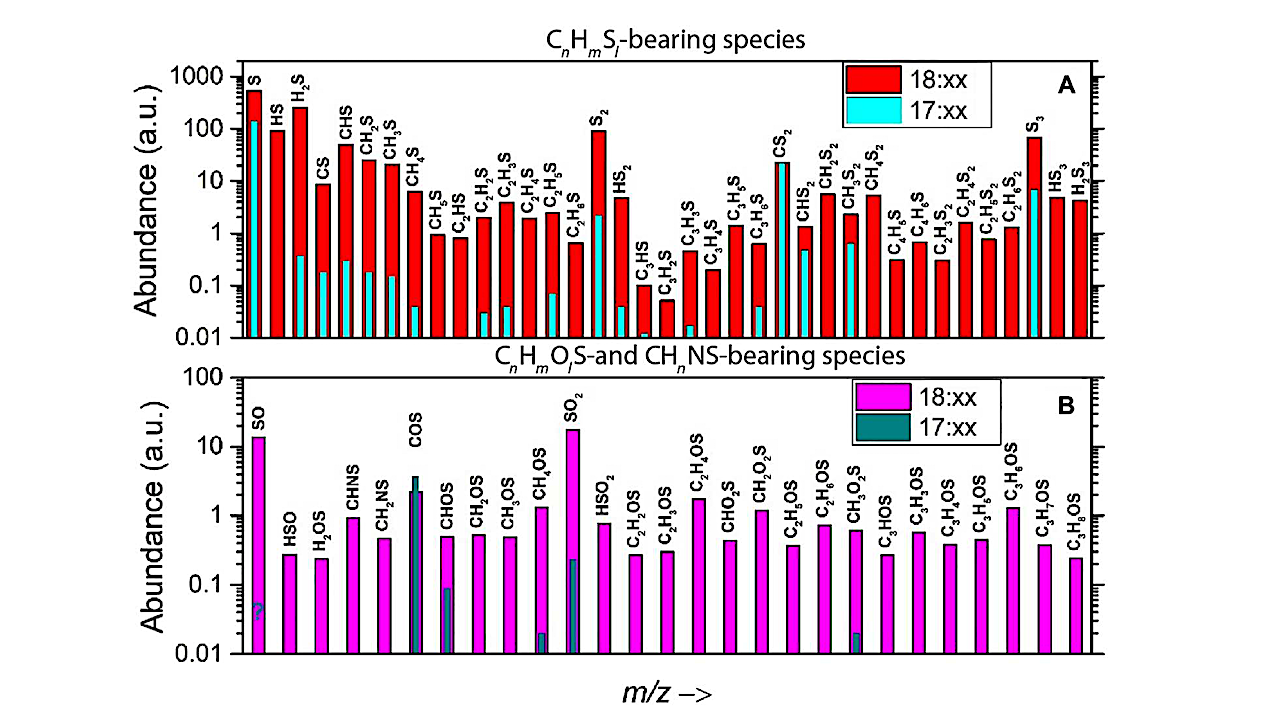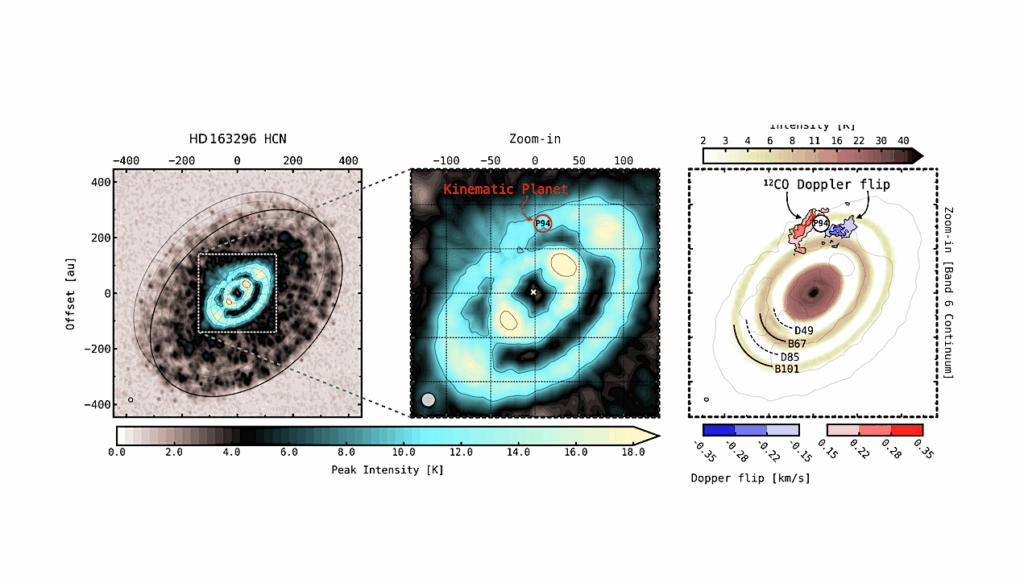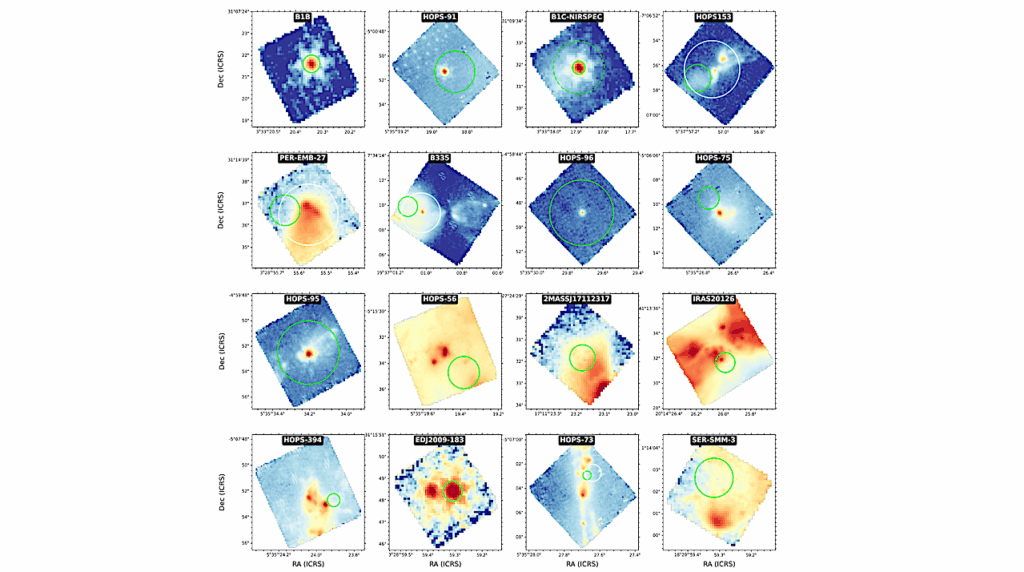Complex Organosulfur Molecules On Comet 67P: Evidence From The ROSINA Measurements And Insights From Laboratory Simulations

The ROSINA (Rosetta Orbiter Spectrometer for Ion and Neutral Analysis) instrument aboard the Rosetta mission revolutionized our understanding of cometary material composition. One of Rosetta’s key findings is the complexity of the composition of comet 67P/Churyumov-Gerasimenko.
Here, we used ROSINA data to analyze dust particles that were volatilized during a dust event in September 2016 and report the detection of large organosulfur species and an increase in the abundances of sulfurous species previously detected in the coma. Our data support the presence of complex sulfur-bearing organics on the surface of the comet.
In addition, we conducted laboratory simulations that show that this material may have formed from chemical reactions that were initiated by the irradiation of mixed ices containing H2S.
Our findings highlight the importance of sulfur chemistry in cometary and precometary materials and the possibility of characterizing organosulfur materials in other comets and small icy bodies using the James Webb Space Telescope.
Mahjoub, Ahmed and Altwegg, Kathrin and Poston, Michael J. and Rubin, Martin and Hodyss, Robert and Choukroun, Mathieu and Ehlmann, Bethany L. and Hänni, Nora and Brown, Michael E. and Blacksberg, Jordana and Eiler, John M. and Hand, Kevin P.
Complex organosulfur molecules on comet 67P: Evidence from the ROSINA measurements and insights from laboratory simulations, Caltech AUTHORS
Complex organosulfur molecules on comet 67P: Evidence from the ROSINA measurements and insights from laboratory simulations, Science advances (open access)
Astrobiology, Astrochemistry








